
Last week, when I walked into the Gee’s Bend Quilting Collective to meet Mary Ann Pettway, the manager of the collective, I was immediately greeted by a smiling woman stitching away at a large quilt, gospel music humming from the radio in a room scattered with fabric, handmade items and black and white photographs documenting the history of Gee’s Bend. Though there wasn’t much to the building itself, I immediately realized that it held things of immeasurable value.

Gee’s Bend, Alabama is probably one of the most isolated places you can imagine, though Ms. Mary Ann stressed that she’s never once felt isolated, just simply at home. Surrounded on three sides by an oxbow in the Alabama River, there’s only one way in and one way out, unless you go by boat. And it’s a long way. But the fact that this 300-person community is far off the beaten path doesn’t mean that it’s unremarkable. In addition to its somewhat distinctive history as an ex-slave community established after the Civil War, the wider world has slowly come to realize that some of the most remarkable quilts of the 20th and 21st centuries have been created in this small Southern hamlet. Quilt-making has always been central to the families in this place. Blankets to bring warmth and color to households were made most often out of re-purposed materials—old work clothes, tobacco sacks, and other scraps of cloth. Beauty is not removed from utility. For example, Ms. Mary Ann explained that she uses them to keep frost off her car in the winter. Another frequent example is that families often used to burn old, worn-out quilts in the summer because the smoke kept away mosquitoes. Since the discovery of these quilts by art buyers and museums, however, they find other ways to keep away mosquitoes.

The quilts of Gee’s Bend feature a distinctive aesthetic, being largely improvisational and abstract, and largely influenced by the women’s relationship to the place they live in. Though the patterns would fit into a modern art museum along with the likes of Matisse and Klee, they also find resonance in the fields of red clay and architectural styles of southern Alabama. The built environment serves as inspiration for the most common “housetop” patterns employed by the women, though each quilter has their own take on it and offers an individual creative twist to the traditional pattern. When you look at a picture of one of these quilts, or even better, look at one in person, you see that these are not just your typical blankets. They are pieces of art.
What these and other domestic arts show us is the relationship between beauty and utility that exists more often than we expect in everyday life. Art can be found in the ordinary. These quilts serve multiple purposes and attention to aesthetic detail is just as important as the warmth they give to those who lay under them. Finding beauty in the everyday brings us to the final and most significant point about these quilts: their religious aspect. Religion is central to the community of Gee’s Bend, and it plays an equally central role in the way these women view their practice of making quilts. They describe them as God’s work, their way of showing people love, hospitality and the talents that God has given them. Not only is the practice itself religious (as the women quilt they sing gospel songs and hymns), but the purposes they serve after completion are religious (they “show people Jesus” as Ms. Mary Ann said, thus serving as a sort of evangelical tool, in its most basic of senses). The fact that the quilters place such great emphasis on the religious aspect of their quilt-making illustrates how important objects like this are to our understanding of the sacramental or spiritual in the ordinary and everyday. Through objects like quilts, fruit preserves, or a decadent home-cooked meal, we can experience God’s presence in our everyday lives.

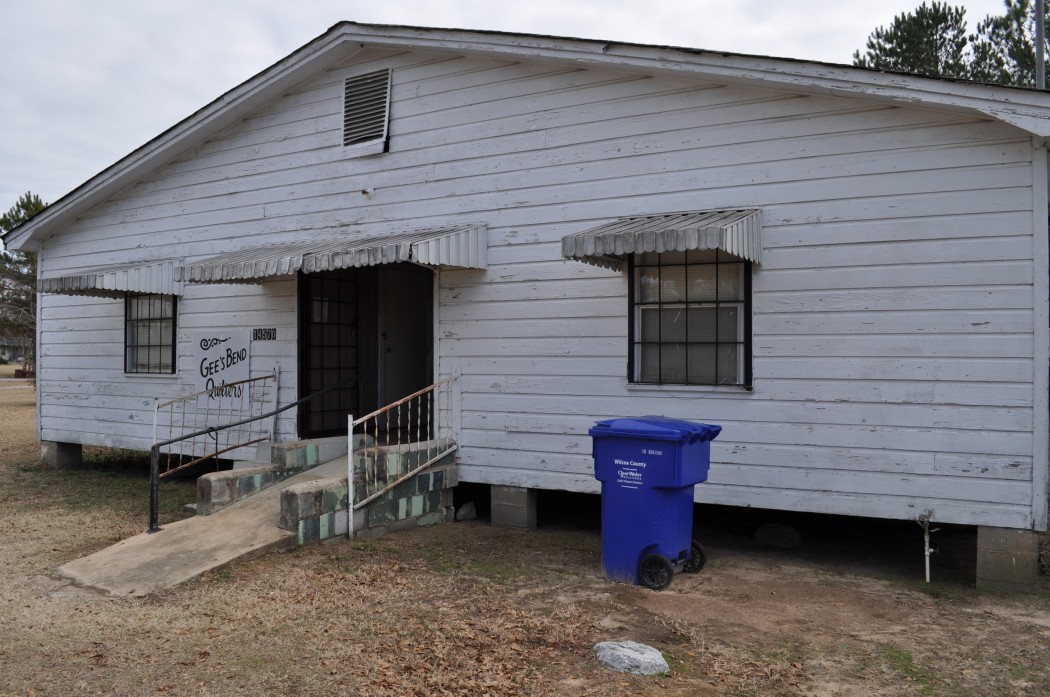
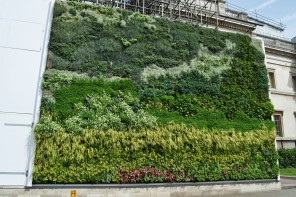
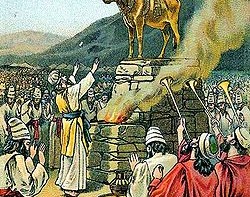
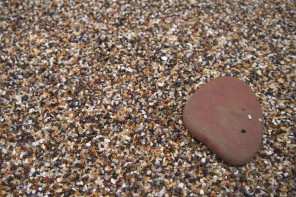
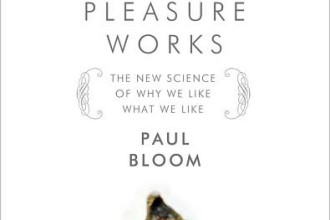
These quilts are fabulous. And you saw them in person! I love your observation that beauty and utility are so often related and are found in the ordinary. That sums up so much about the domestic arts in my mind.
Your post has left me wondering if hospitality is the space found where beauty and utility meet. There are homes I’ve visited that are beautiful, but not comfortable and don’t feel hospitable. I’ve also been in homes that are very utilitarian, but lack any beauty, which is equally inhospitable. So, like a good quilt, which is warm and beautiful, do hospitable spaces need both of these aspects as well?
“…hospitality is the space found where beauty and utility meet.”
I love that Emily!
Emily,
As always, you make a really interesting observation! I think you are right to say that hospitality is the place where beauty and utility meet. It almost seems obvious when you think about it for a while, but rarely do people really consider how the two relate. Maybe its our tendency to compartmentalize everything. This is spiritual; this is material; this is beautiful; this useful. Those categories are rarely, if ever, separate. I think I’ll need a while to ruminate on that notion of hospitable space, but my first reaction is that the meeting of beauty and utility is a really important way to think about it.
And yes, the quilts and the place were amazing! I’d love to talk you more about them sometime soon!